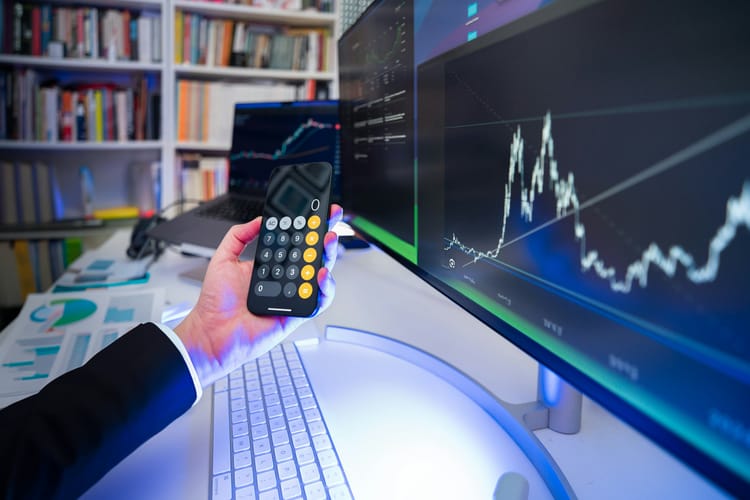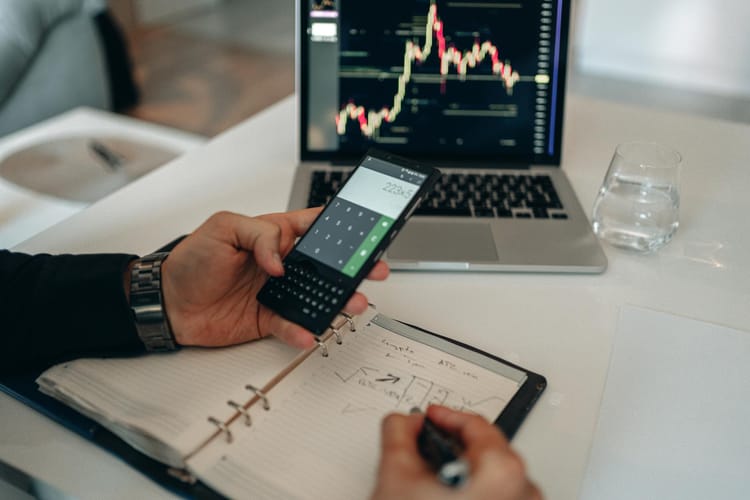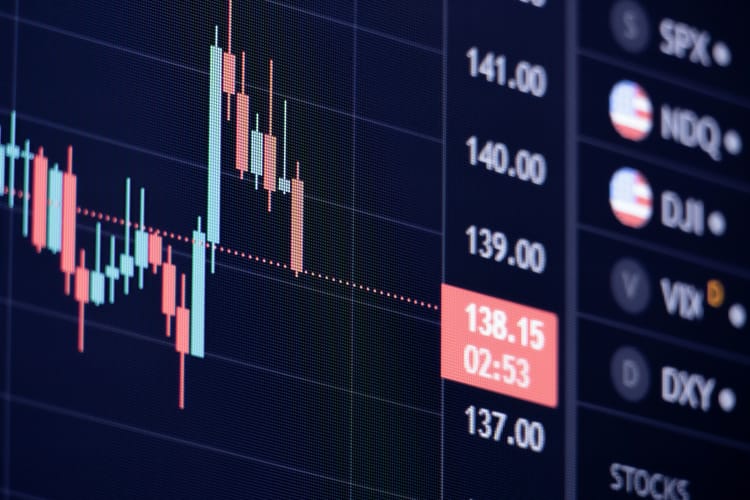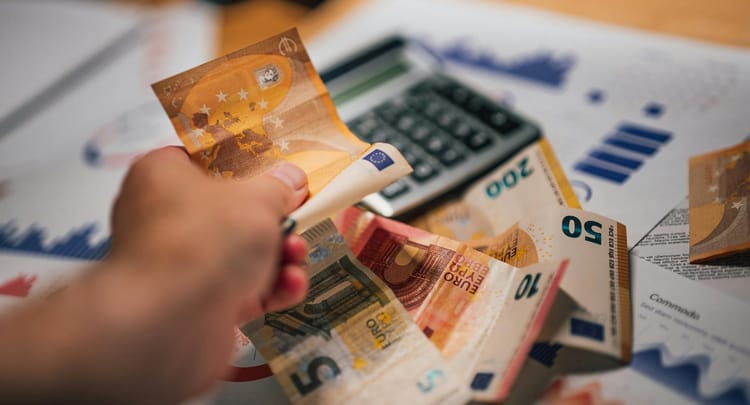Understanding Backtesting Trading Strategy for Improved Performance
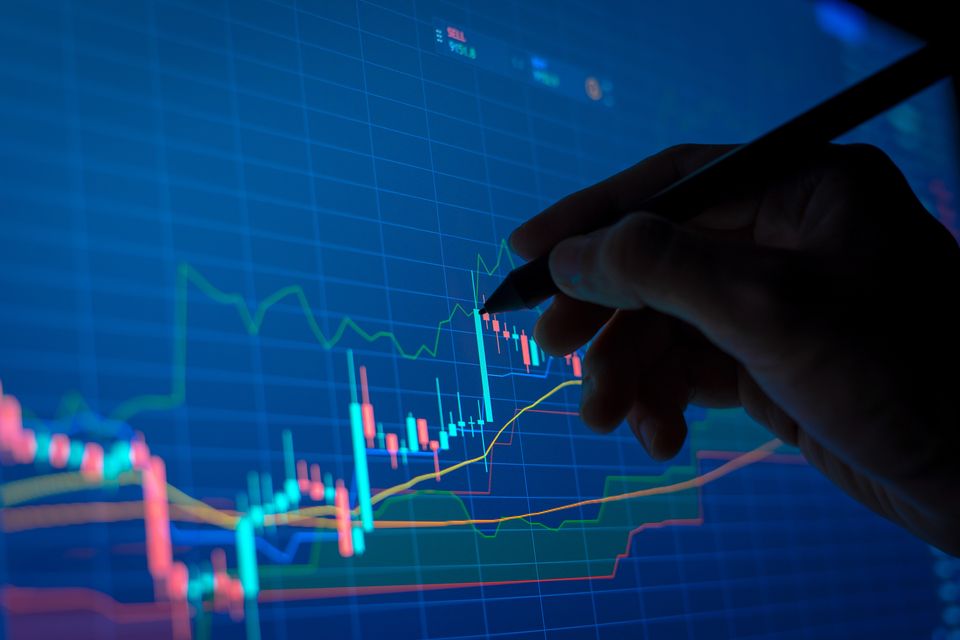
Backtesting a trading strategy is a powerful method for any trader. It enables you to test and evaluate a strategy before you put it into practice and can help you determine how successful it may be. In this blog post, we'll discuss the importance of backtesting trading strategies and how to go about doing it. We'll explore the different types of backtesting and the advantages and disadvantages of each. Additionally, we'll look at some of the challenges you may face when backtesting a strategy and how to overcome them. Finally, we'll discuss the importance of using backtesting to improve and refine your trading strategies.
1. What is a Trading Strategy?
2. What does Backtesting mean in trading?
3. How crucial is Backtesting for Trading Strategy?
4. Popular types of Backtesting
4.1. Backtesting Trading Strategy based on Technical Analysis
4.2. Backtesting Trading Strategy based on Fundamental Market Data
4.3. Backtesting Trading Strategy based on Alternative Data
5. How to set up a backtesting process for trading strategy?
6. Backtesting technical trading strategy tips and things to consider
1. What is a Trading Strategy?
1st let's clarify what is a trading strategy - in short, a trading strategy is a set of specific rules or procedures used to manage risk and make decisions about when to buy, sell, and hold a short-term trade or a long-term investment.
It can be described as a framework that helps to execute trades more effectivity since it is based on a trading plan that was defined upfront to minimize trading decisions during the actual trading.
Trading strategies can be based on several data points such as fundamental and technical analysis of market data, backed up with fundamental research and analysis of the underlying asset.
2. What does Backtesting mean in trading?
Backtesting trading strategy is an important element of successful trading. Backtesting is the process of testing the strategy on historical data to determine its effectiveness. Backtesting allows traders to refine and optimize their strategies to make them more profitable. This is done by running the strategy on historical data and seeing how well it would have performed had it been used in the past.
By backtesting a trading strategy, traders can evaluate the performance of the strategy on historical data to determine how it would have performed in the past. This helps traders to identify potential problems with their strategies and refine them in order to create more profitable strategies.
Backtesting also allows traders to simulate different market conditions and test how the strategy would have performed in those conditions. This is a great way to determine the robustness of the strategy and identify any potential weaknesses. Additionally, backtesting can be used to test different assumptions and determine the optimal parameters for a given trading strategy.
The ability to backtest trading strategies is an extremely useful tool for traders. It allows them to get an idea of how a strategy might perform in the future before risking any real money. Backtesting is an essential part of the trading process, and all traders should take the time to backtest their strategies before committing to them.
3. How crucial is Backtesting for Trading Strategy?
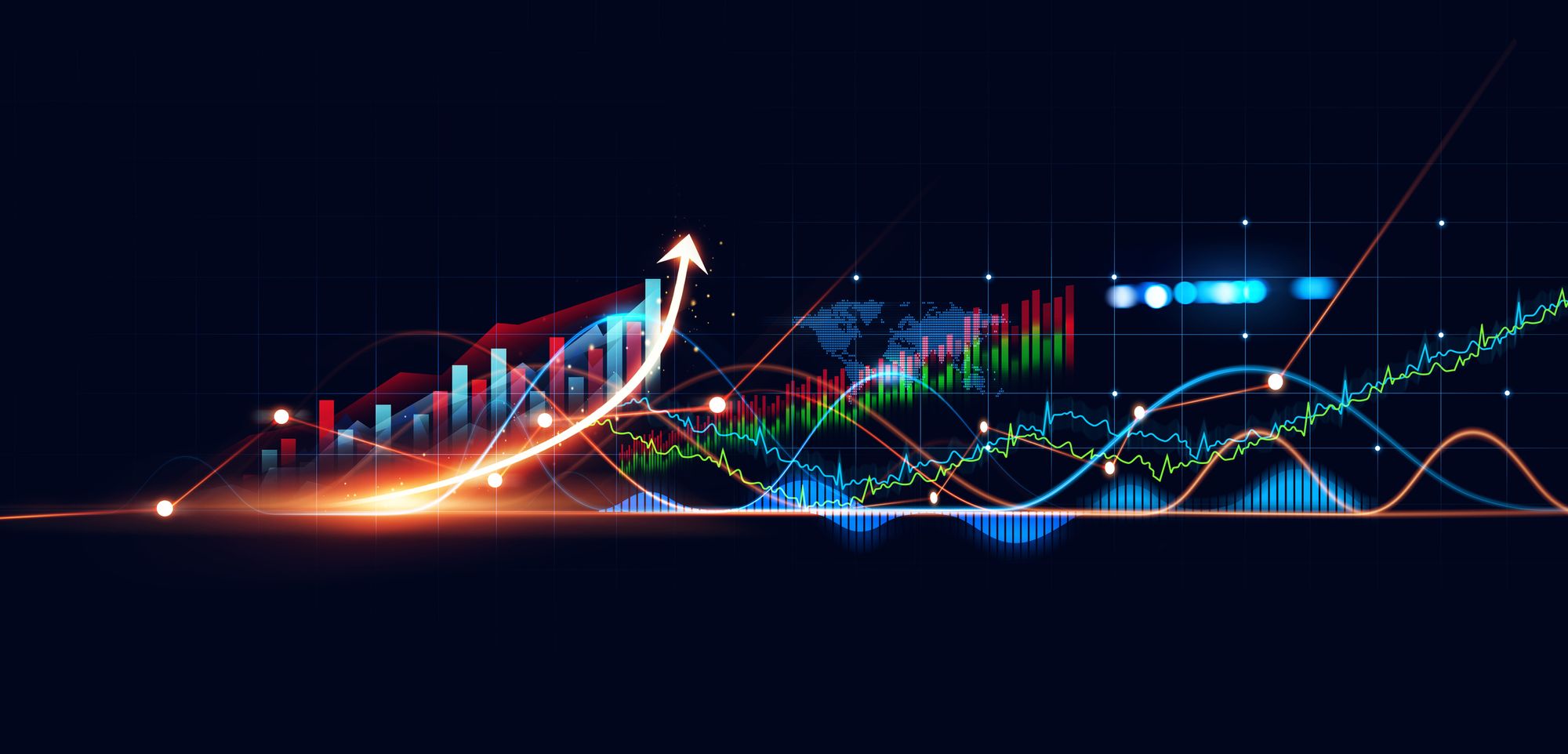
Backtesting is an important tool for traders looking to optimize their trading strategy. With backtesting, traders can test their strategies on historical data and get an understanding of how they would have performed in the past. This allows traders to identify possible issues with their strategies that can be addressed before executing them in live trading. Backtesting is also a great way to measure the performance of a strategy over a given period of time.
Traders can adjust their strategies based on past performance and fine-tune them for better performance in the future. Backtesting can help traders to be more confident in their trading decisions since they can see how their strategies would have performed in the past. It also helps traders to identify their strengths and weaknesses and make adjustments to their strategies accordingly.
Ultimately, backtesting is an essential tool for traders to use in the development and refinement of successful trading strategies. By taking the time to backtest a strategy, traders can gain valuable insight into how it will perform in the markets and make informed decisions about when and how to trade.
Overall, backtesting is a powerful tool for traders to optimize their trading strategies. By testing their strategies on historical data, traders can get a better understanding of how their strategies would have performed in the past and make adjustments to ensure better performance in the future.
4. Popular types of Backtesting
Backtesting can be focused on different aspects, such as purely on technical analysis, and fundamental analysis. alternative data and other sources of data. Regardless of the source of data, there are several common backtesting methods that can be used to gain trading insights.
Here are some of the popular backtesting methods:
- Monte Carlo simulations are a type of backtesting that use random sampling to test different scenarios. This method is used to predict the probability of different outcomes, such as the success or failure of a trading strategy.
- Walk-forward backtesting is a type of backtesting that evaluates a trading strategy in a forward-looking manner. This type of backtesting is used to evaluate a strategy’s performance over time, as well as its ability to adapt to changing market conditions.
- Out-of-sample backtesting is a type of backtesting that evaluates the performance of a trading strategy using data that is not included in the original dataset used to develop the strategy. This type of backtesting is used to evaluate the robustness of a strategy.
- In-sample backtesting is a type of backtesting that evaluates the performance of a trading strategy using the same data that was used to develop the strategy. This type of backtesting is used to evaluate the accuracy of the strategy.
4.1 Backtesting trading strategy based on Technical Analysis
Backtesting based on technical analysis allows traders to analyze the past performance of a financial asset based on its historical price action, taking into account past market conditions, price movements and technical indicators such as MAs, VWAP, RSI, and others. By simulating a trading system using historical price action with indicators, traders can identify potential flaws in the system, as well as potential future opportunities with recurring patterns.
Technical analysis is a key component of backtesting since it can be used for different backtesting methods. Technical analysis is used to identify the potential entry, stop, and targets points in an accurate way, as well as identify potential trade setups, especially in short-term and intraday trading. By testing a trading system in the past, traders can gain insight into the effectiveness of the system in different market environments. Backtesting can also be used to evaluate the risk-reward ratio of a system, as well as its ability to generate consistent returns over time.
4.2 Backtesting Trading Strategy based on Fundamental Analysis
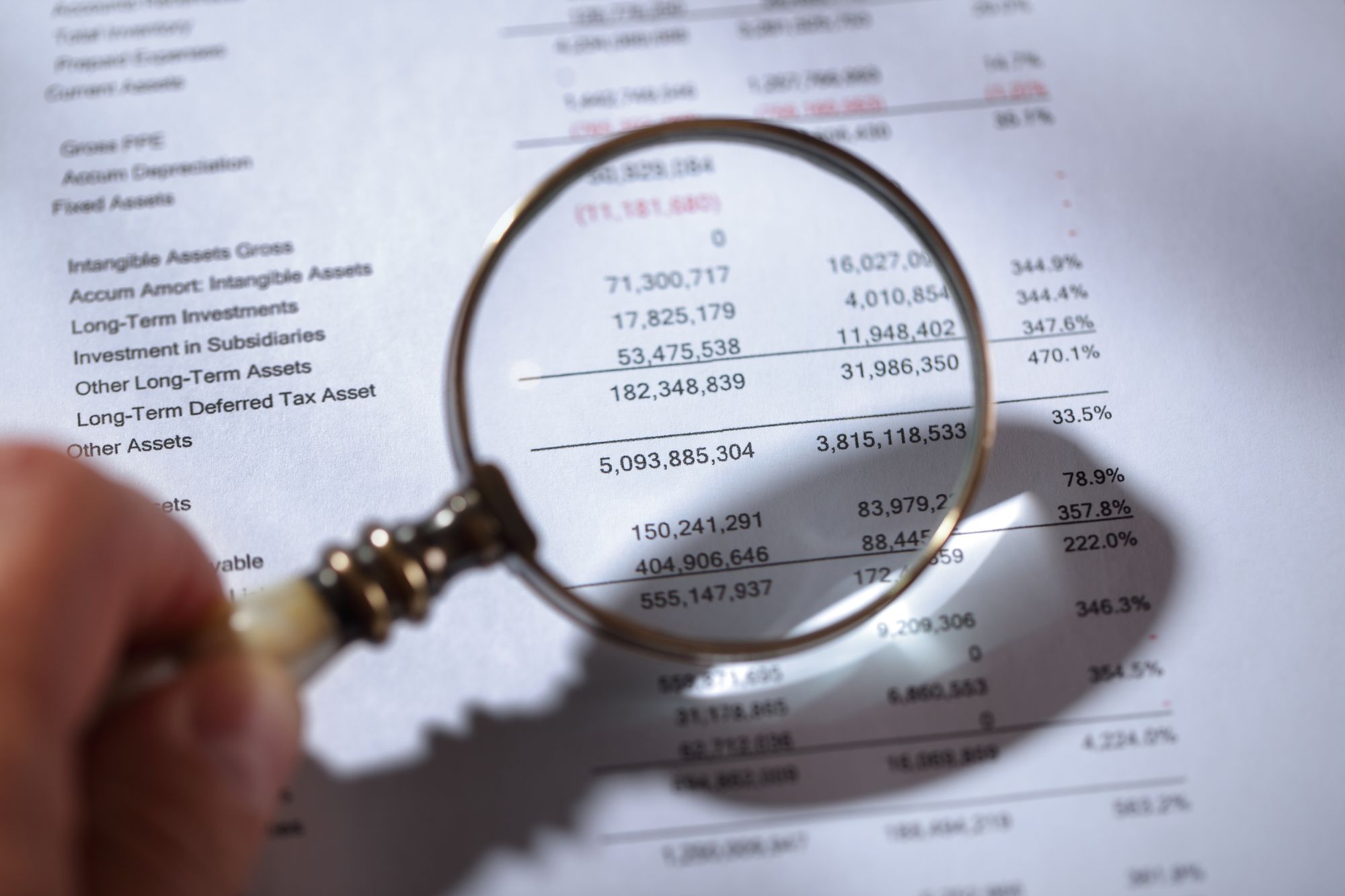
Backtesting trading strategy based on fundamental analysis is an important approach for traders to understand since it can change drastic outcomes in financial assets price action on certain fundamental events. Traders with full focus on technical analysis, without awareness of the fundamental status of the traded financial asset, might miss crucial information which often conflicts with expected technical analysis outcomes.
A common example of drastic price action change based on fundamentals is when traded company shares its quarterly information about its upcoming earnings, such news can push the price aggressively to the up or to the downsides, regardless of the results of the earnings, and often the price action goes against the earnings results so the exact outcome cannot be predicted. Therefore, it might conflict with backtesting based on technical analysis which measures recurring patterns in normal conditions but won't be relevant in "special conditions". Traders with a focus on technical analysis and complementary fundamental awareness will be able to "pause" their technical trading strategy during the fundamental event to minimize unexpected outcomes.
From the other end, traders with a focus on fundamental analysis might take advantage of specific events or financial information and simulate the performance of their trading strategy over time and assess the risk associated with it. Through fundamental backtesting, traders can gain insight into the potential profitability of a strategy under different market conditions, identify potential points of failure, and optimize the parameters of a strategy.
For example, fundamental backtesting can be used to determine how a company's stock price action moved when some financial information, such as the company's P/E, reached to low number relative to the historical P/E, as a result of overall market conditions, while company's fundamental status not changed.
Overall, fundamental backtesting is an essential tool for traders to assess the effectiveness of their strategy and optimize it for better performance. By simulating the performance of a strategy under different market conditions, traders can gain valuable insight into their strategy and make more informed decisions when entering the market.
4.3 Backtesting Trading Strategy based on Alternative Data

Backtesting trading strategies based on alternative data is an interesting topic and a useful method for traders looking to maximize their profits and minimize their losses using data and external information.
Alternative data refers to any external information outside of the traditional fundamental data such as cashflow & balanced sheets, or technical data such as moving averages or VWAP. In fact, any source of data that can give a hint about the potential price movement of a specific financial asset is considered Alternative data.
An interesting backtesting example with alternative data can be the aggregation and compersion of historical and statistical information about the number of parked cars at the entry of publicly traded retail stores. Information like this data can be collected using satellite and it provides a direct hint about the income of that store. Another interesting example is to track the number of rooms with lights in publicly traded hotels, which also gives a hint about the number of customers that visited the hotel during the year.
There are many approaches that can be implemented with alternative data and since any source of data might be relevant, creativity can definitely be helpful when dealing with it.
5. How to set up a backtesting process for trading strategy?
There are several approaches and workflows that can be used to start the backtesting process. The process below is focused on technical analysis backtesting which involves several steps including:
- Choosing financial asset
- Selecting time frames
- Getting historical data on the financial asset
- Explore recurring technical patterns in the historical data
- Define simulated trade Entry, Stop, and Targets with Risk-Reward constraints
- Implement the simulated trade on each historical recurring pattern
- Aggregate P/L summary based on the simulation
- Optimize the results with extra indicators
- Eventually, execute it in live trading
- Constantly document your results in a trading journal
It may look like a complex process, however, if your goal is to achieve profitable and consistent trading, it is defiantly not the place for shortcuts. Trading without backtesting will decrease your probability of success and blur your outcomes.
AfterPullback offers automated backtesting, worth exploring, it is designed to help traders overcome the challenges involved in backtesting processes.
6. Backtesting technical trading strategy tips and things to consider
Backtesting is an important step when developing a trading strategy. It allows traders to assess the performance of a strategy over different market conditions, time frames, and market cycles. To successfully backtest a strategy, traders must understand the markets and the time period they are testing for. This includes identifying the trading style, market conditions, and market cycles to ensure the strategy is applicable to the current market.
Traders must also consider the risk/reward ratio when developing and testing the strategy. This includes understanding the impact of transaction costs and fees on the strategy. Additionally, traders must consider the exit points and how they will manage the trades. It is important to test multiple scenarios to ensure the strategy is effective in a variety of market conditions.
Once the strategy is tested, traders must analyze the results to determine its effectiveness. If the strategy does not perform as expected, traders should adjust the strategy based on the results and test again. Additionally, traders should backtest the strategy over different time frames to get an understanding of how it performs in different markets. They should also consider the psychological aspects of trading when developing and testing the strategy.
Finally, traders should monitor the performance of the strategy with a trading journal over time and adjust if necessary. By backtesting a trading strategy, traders can gain an understanding of the strategy’s performance in different markets and make informed decisions so that time invested in backtests will typically return itself.


